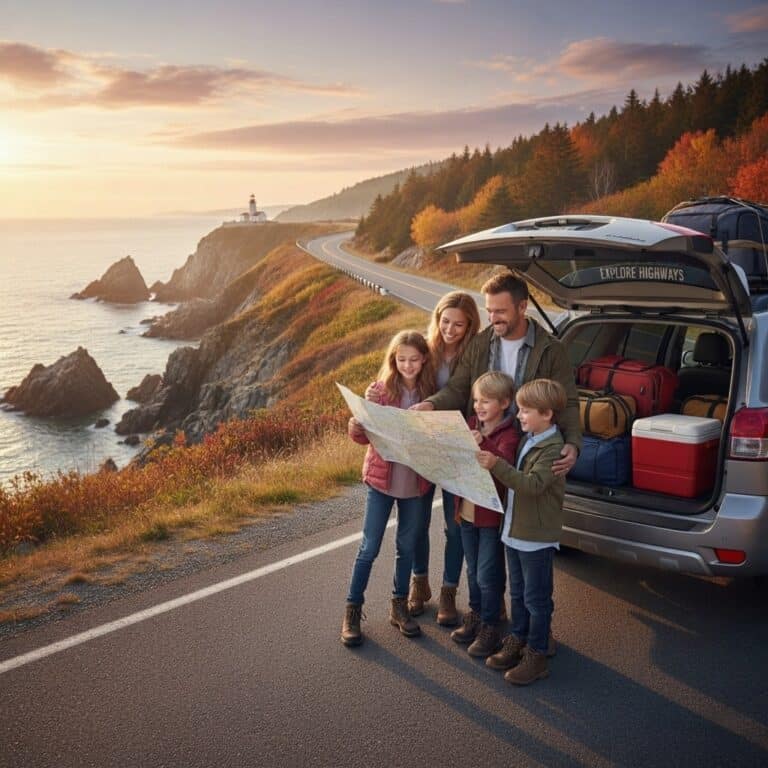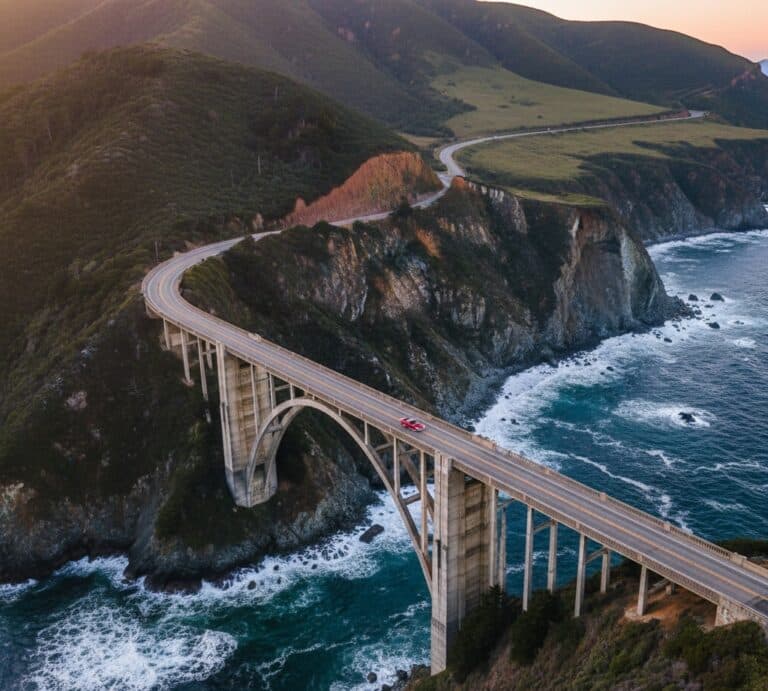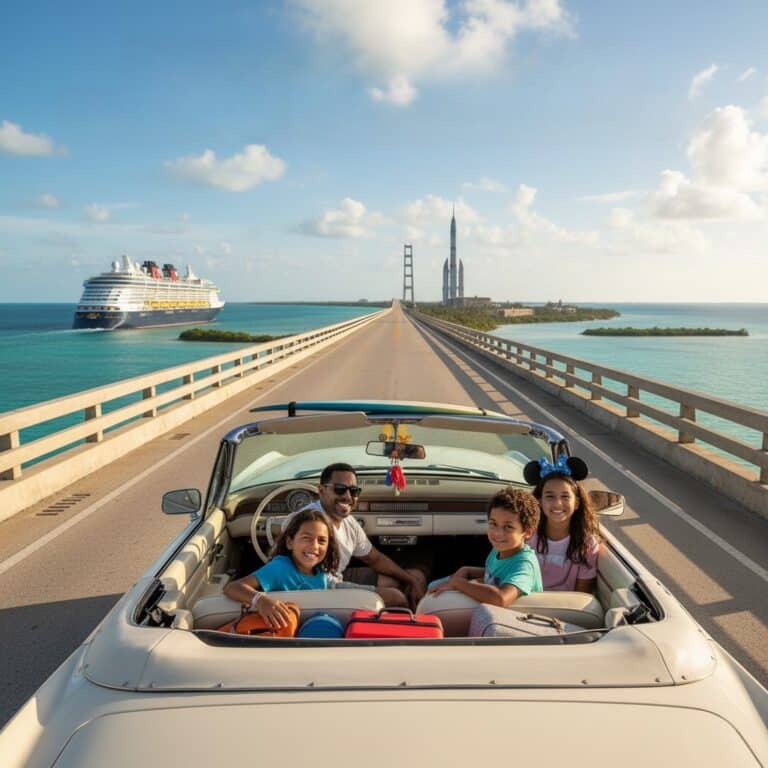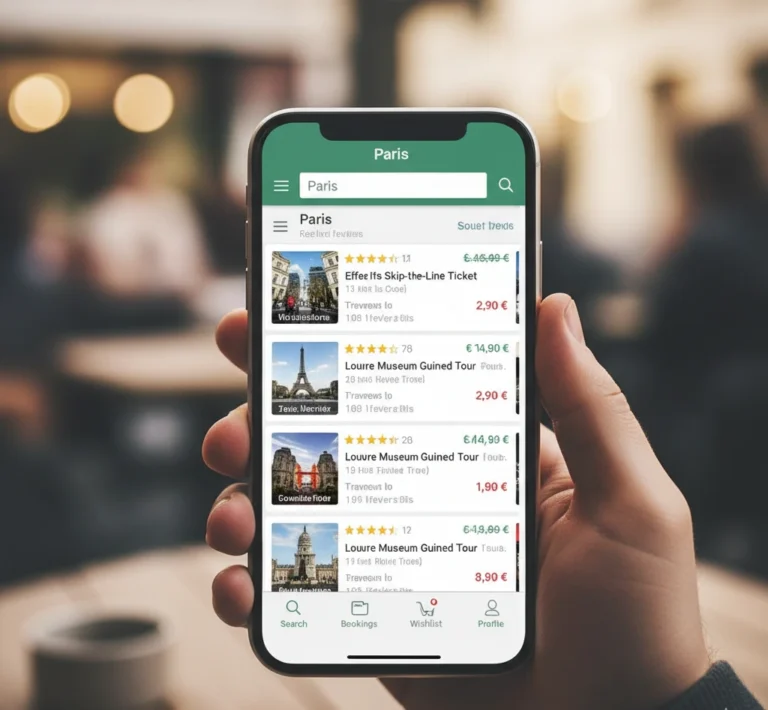Driving Route 66: Your Ultimate Guide to a Classic American Adventure
Route 66, often called the “Main Street of America,” is one of the most famous and beloved road trips in the world. It stretches over 2,400 miles, connecting Chicago, Illinois, to Santa Monica, California. This historic highway offers a perfect blend of nostalgia, adventure, and breathtaking landscapes. If you’re dreaming of a classic American journey, this guide has everything you need to plan your unforgettable trip on the “Mother Road.”

What Makes Driving Route 66 So Special?
Driving Route 66 is more than just a trip—it’s a journey through American history. Nicknamed the “Mother Road” by author John Steinbeck, it became a symbol of freedom and hope for generations of travelers.
While the original highway was officially decommissioned in 1985, much of its original path is still open and marked as “Historic Route 66.” Along the way, you’ll travel through eight states, each with its own unique culture and landscape. This road trip offers a chance to see parts of America that you just can’t find on a modern interstate.
A journey on Route 66 is a chance to experience:
- Historical landmarks that tell the story of a bygone era.
- Quirky roadside attractions that are truly one-of-a-kind.
- Authentic American diners and classic motels.
- Stunning natural beauty, from vast prairies to desert canyons.
Planning Your Epic Route 66 Adventure
A successful road trip requires good planning. Here’s how to prepare for your drive on Route 66.
Map Out Your Journey and Pace
While most travelers start in Chicago and head west, you can begin your trip from any point. The key is to decide on your pace.
- A fast trip: If you’re short on time, you can complete the main drive in about two weeks.
- A leisurely trip: To fully enjoy the sights and experiences, plan for three to four weeks. This allows you to explore side roads, visit local towns, and simply relax.
A State-by-State Breakdown of Route 66
The “Mother Road” passes through eight distinct states. Each one has its own personality and must-see attractions.
Illinois: The Start of the Journey
Your adventure begins in Chicago. Be sure to snap a picture at the official Route 66 Begin Sign. As you head out of the city, stop at the Gemini Giant in Wilmington and the Cozy Dog Drive-In in Springfield, which claims to be the birthplace of the corn dog.
Missouri & Kansas: The Heart of the Midwest
In Missouri, you’ll find St. Louis and the famous Gateway Arch. Further on, explore the Meramec Caverns, a historic cave system. Kansas may only have 13 miles of Route 66, but it’s packed with charm, including the Rainbow Bridge and the popular Cars on the Route attraction, inspired by the movie.
Oklahoma & Texas: True Americana
Oklahoma has more miles of Route 66 than any other state. You can’t miss the Blue Whale of Catoosa and the Route 66 Museum in Clinton. In Texas, a must-see is the Cadillac Ranch in Amarillo, where you can spray-paint old cars. Don’t forget to try a massive steak at the Big Texan Steak Ranch.
/ New Mexico & Arizona: Desert Wonders
As you enter New Mexico, you’ll discover a rich Native American culture and incredible desert views. Make time for Santa Fe and the beautiful Loretto Chapel. Arizona is home to some of the most famous stops, including the Wigwam Motel in Holbrook and the stunning Petrified Forest National Park. A short detour from the main route will take you to the magnificent Grand Canyon.
California: The Final Destination
The last leg of your journey takes you to the coast. You’ll pass quirky stops like Elmer’s Bottle Tree Ranch before finishing your trip at the Santa Monica Pier. Here, the Route 66 End of the Trail Sign marks the end of your epic adventure.
Must-See Attractions and Iconic Stops
Route 66 is defined by its unforgettable stops. Here are a few more you should add to your list:
- Devil’s Elbow Bridge (Missouri): A beautiful and historic iron bridge.
- Lucille’s Service Station (Oklahoma): A perfectly preserved gas station from the 1920s.
- Meteor Crater (Arizona): A massive crater from a meteorite impact thousands of years ago.
Where to Stay and What to Eat on the Road
Part of the Route 66 experience is staying in vintage motels and eating at classic diners.
- Historic Motels: For a taste of the past, book a room at the Blue Swallow Motel in Tucumcari, New Mexico, or the Wigwam Motel in Holbrook, Arizona.
- Classic Diners: Grab a bite at famous spots like Lou Mitchell’s in Chicago or Delgadillo’s Snow Cap Drive-In in Seligman, Arizona.
- Local Specialties: Be sure to try regional favorites like Tex-Mex in Texas or New Mexico’s famous green chile.
Tips for Driving Route 66
Follow these tips to ensure a safe and enjoyable trip:
- Pack Smart: Bring essentials like a first-aid kit, plenty of water, snacks, and a good old-fashioned map or guidebook, as cell service can be spotty.
- Drive Safely: Be mindful of speed limits, especially in small towns, and watch for wildlife in rural areas.
- Best Time to Go: The best seasons for this trip are spring (April-June) and fall (September-October). The weather is milder, and the crowds are smaller. Avoid the hot summer months if you can, especially in the desert states.
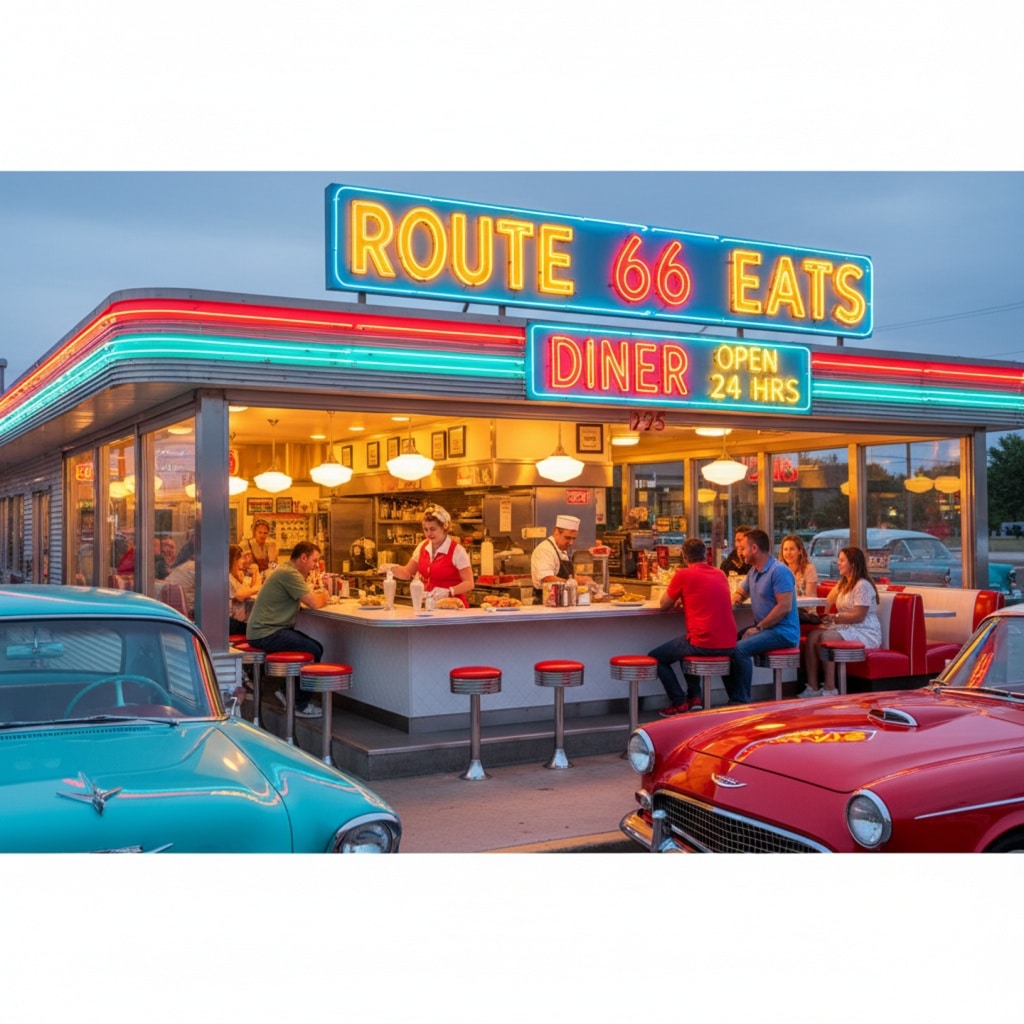
FAQs About Driving Route 66
Q: How long does it take to drive Route 66?
A: While you can drive the main route in about two weeks, most people recommend at least three to four weeks to fully enjoy all the stops without feeling rushed.
Q: Is the original Route 66 still drivable?
A: Yes, large parts of the original highway are still drivable. You’ll need a good map or a Route 66 guidebook to follow the old road, as it often runs parallel to modern interstates.
Q: Do I need a special car for the trip?
A: Any standard, reliable car is perfectly fine for Route 66. You don’t need an off-road vehicle unless you plan on taking side trips on unpaved roads.
Q: How much will it cost?
A: The cost varies greatly depending on your travel style. A budget of $1500 to $3000 for two weeks is a good starting point, not including flights or car rental.
Conclusion
Driving Route 66 is a true adventure and a journey into the heart of America. It’s a trip that reminds you of a simpler time, full of unique characters, amazing landscapes, and a sense of freedom you can only find on the open road. By planning carefully and embracing the spirit of the highway, you’ll create memories that will last a lifetime. So, pack your bags, hit the road, and let the “Mother Road” lead you on an unforgettable adventure!

